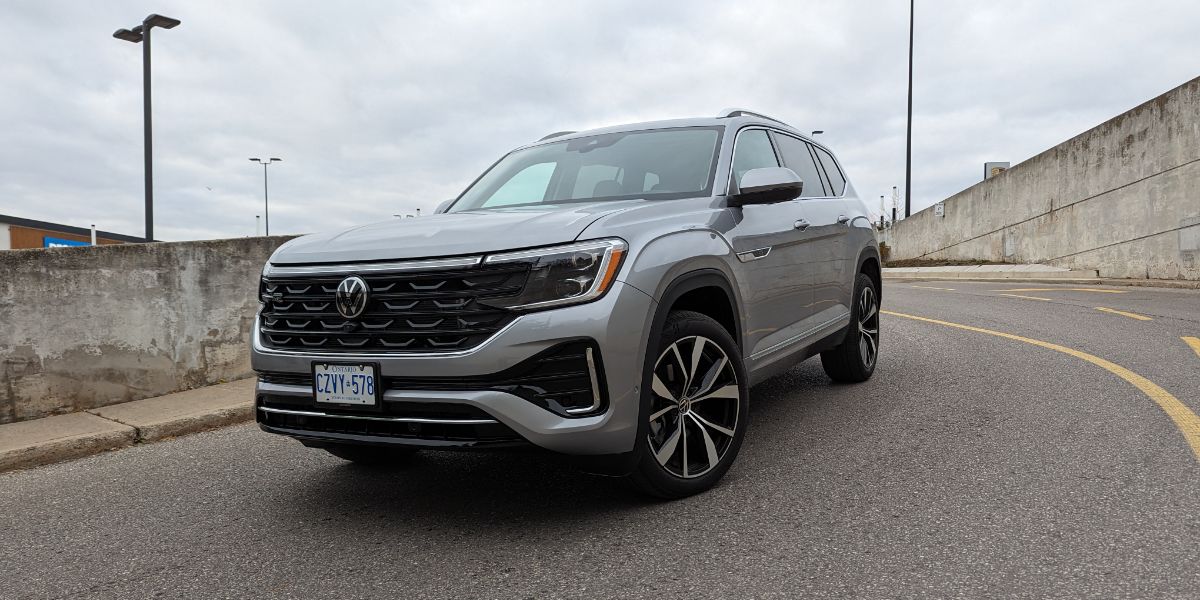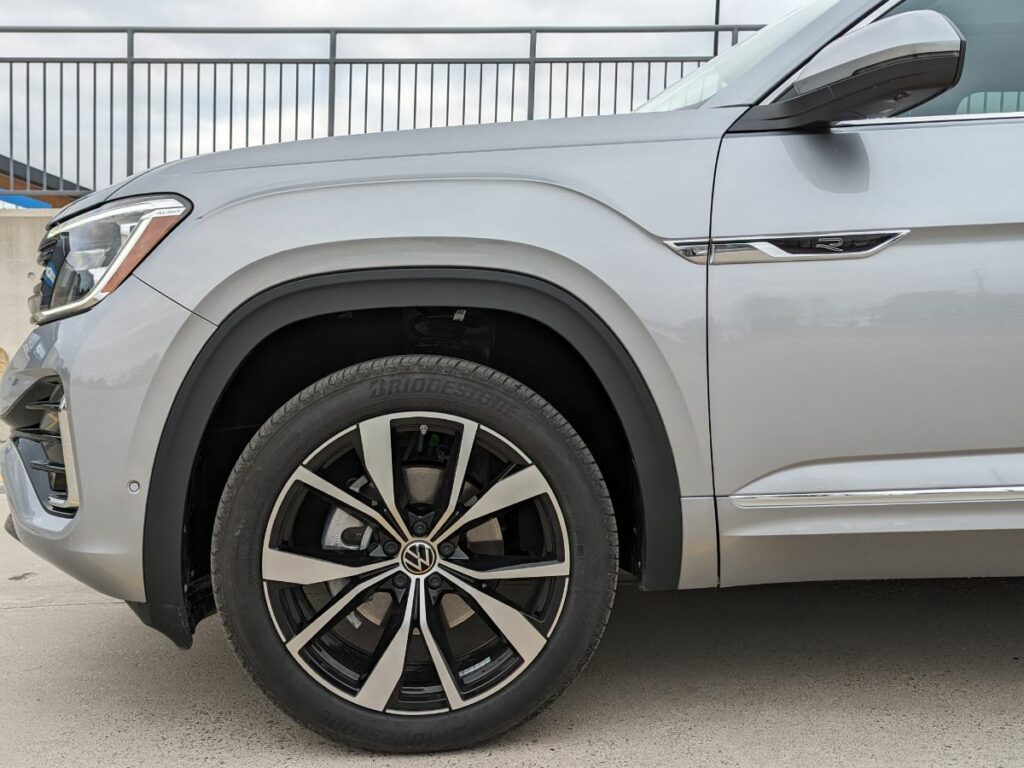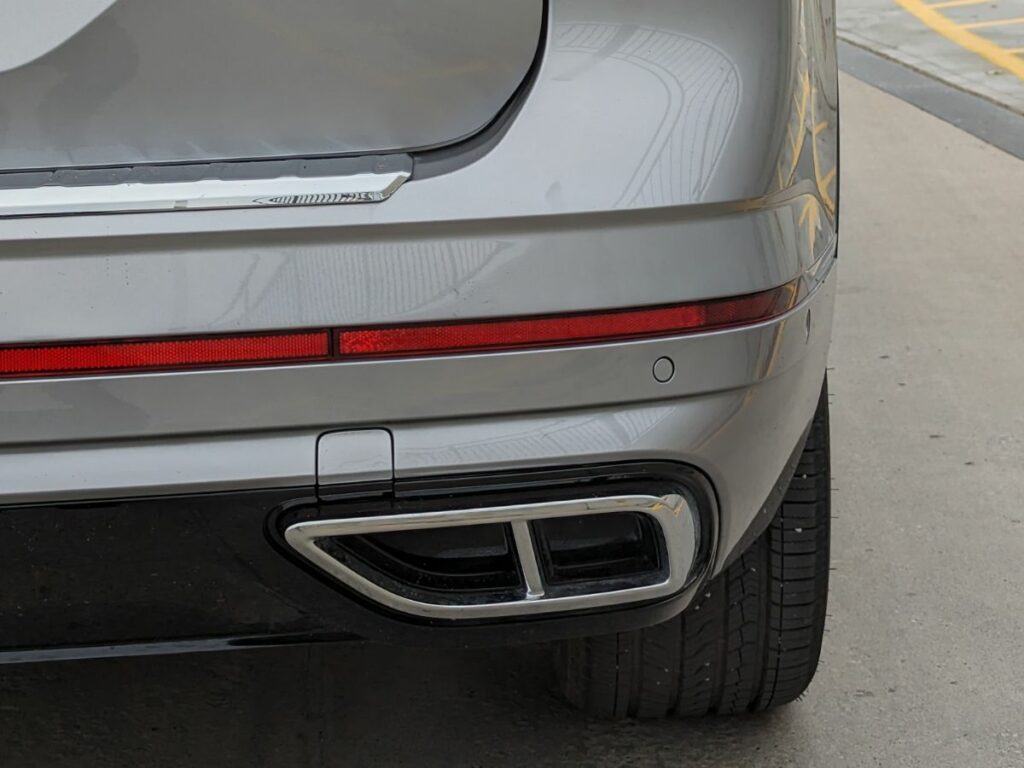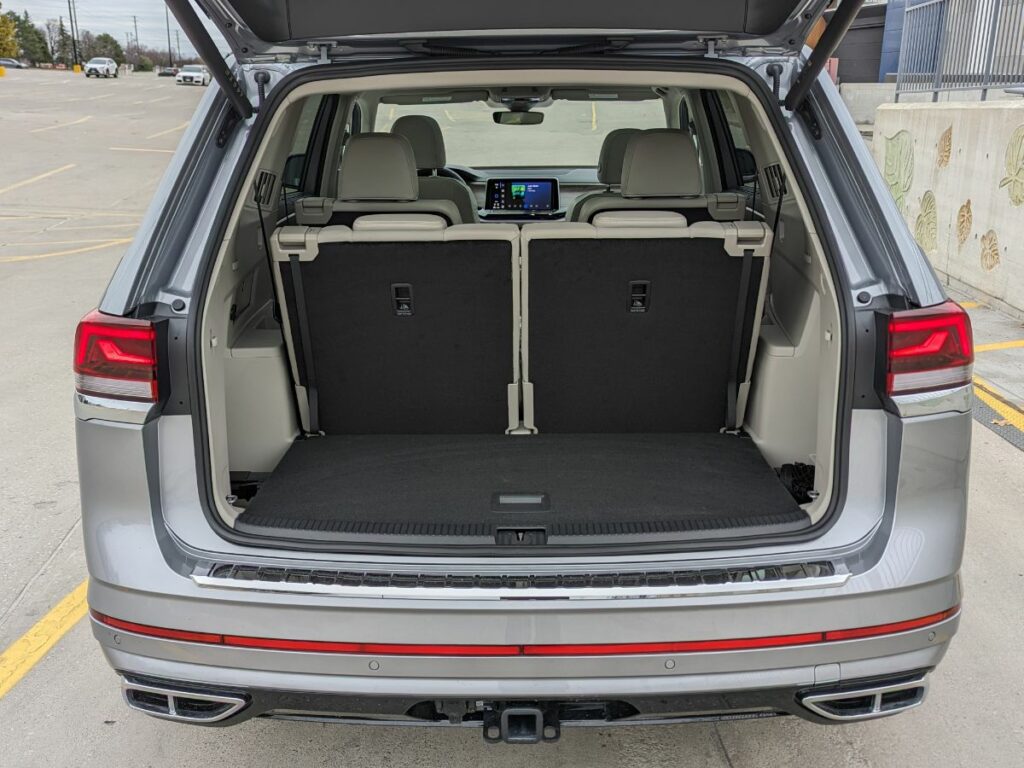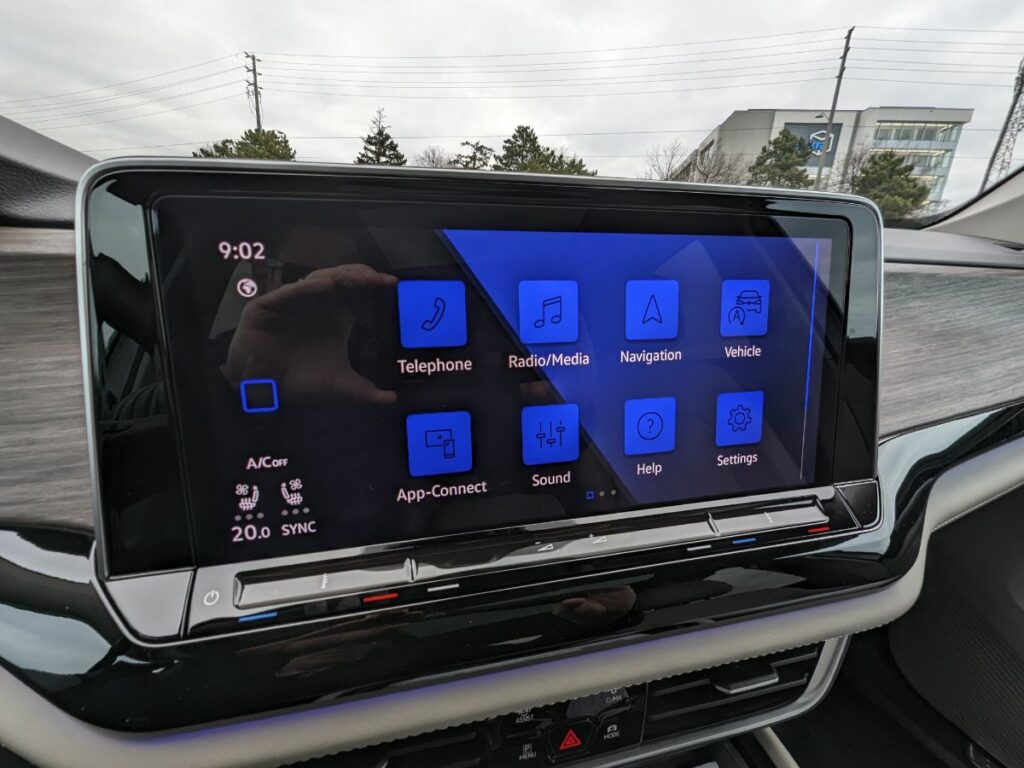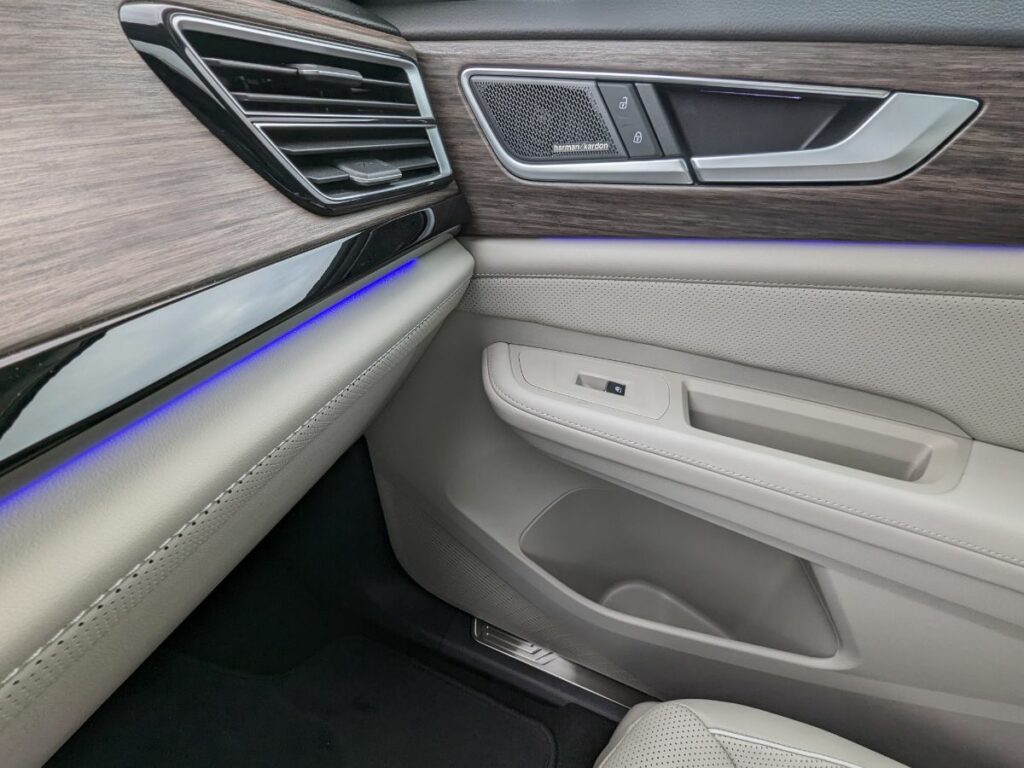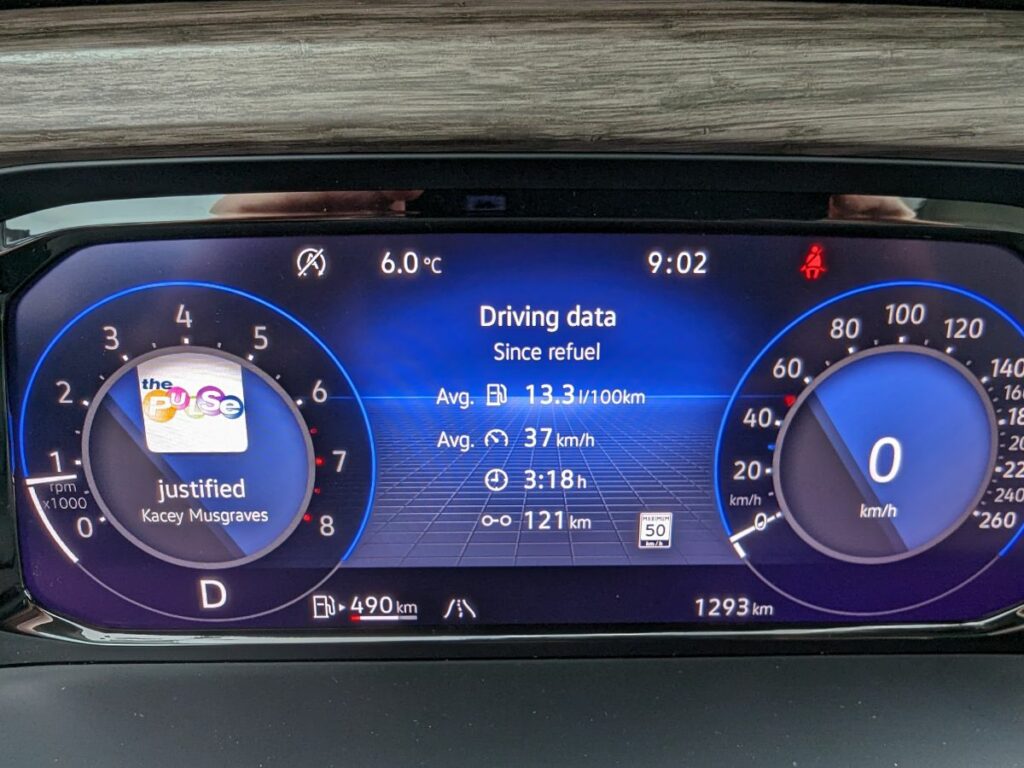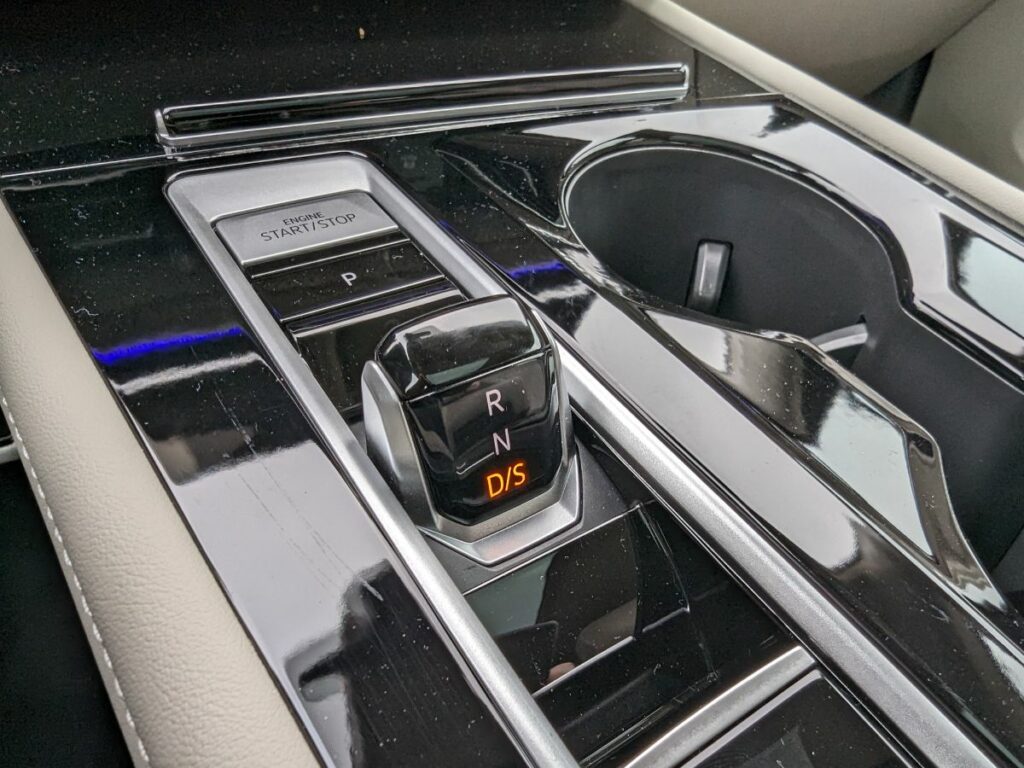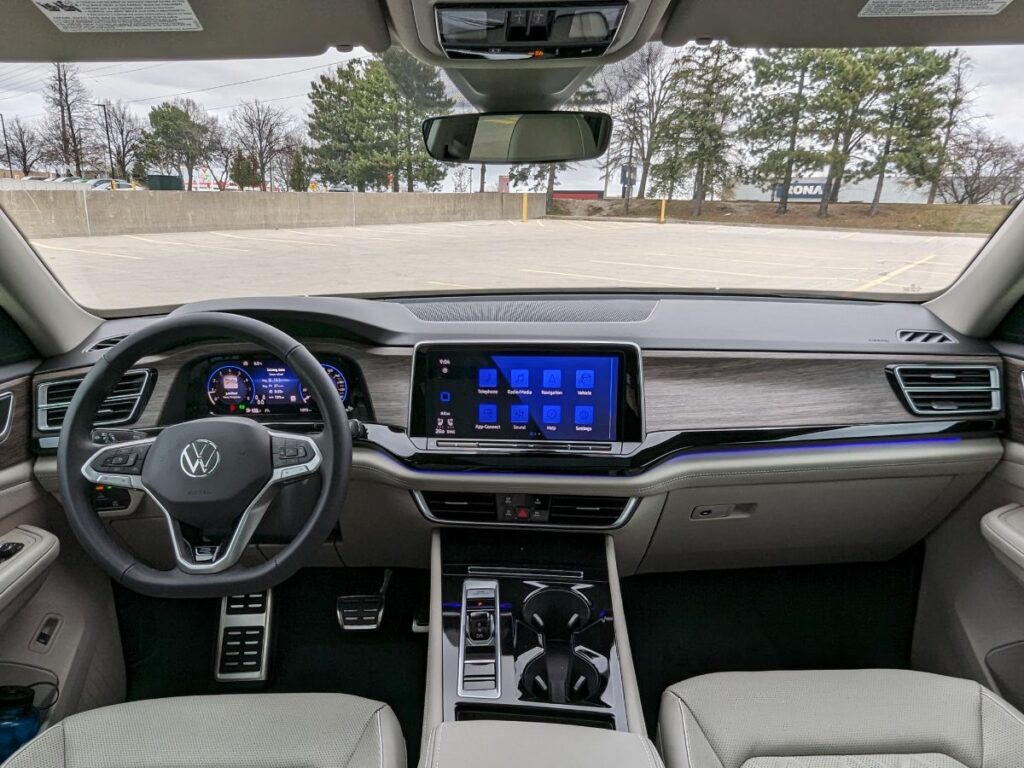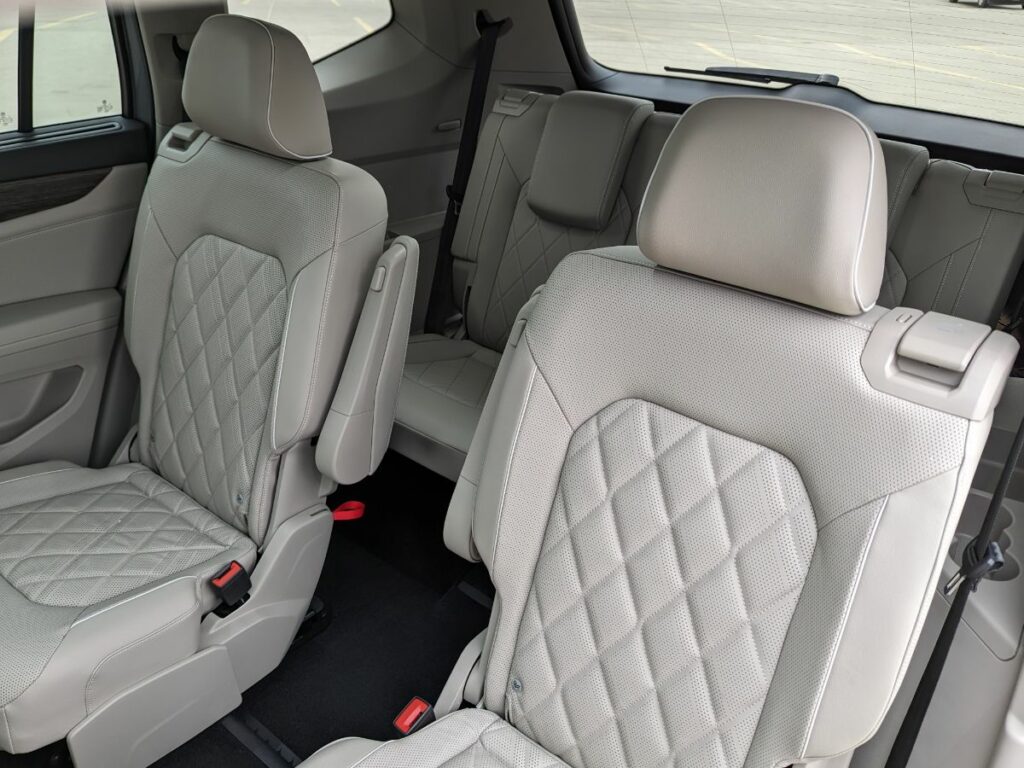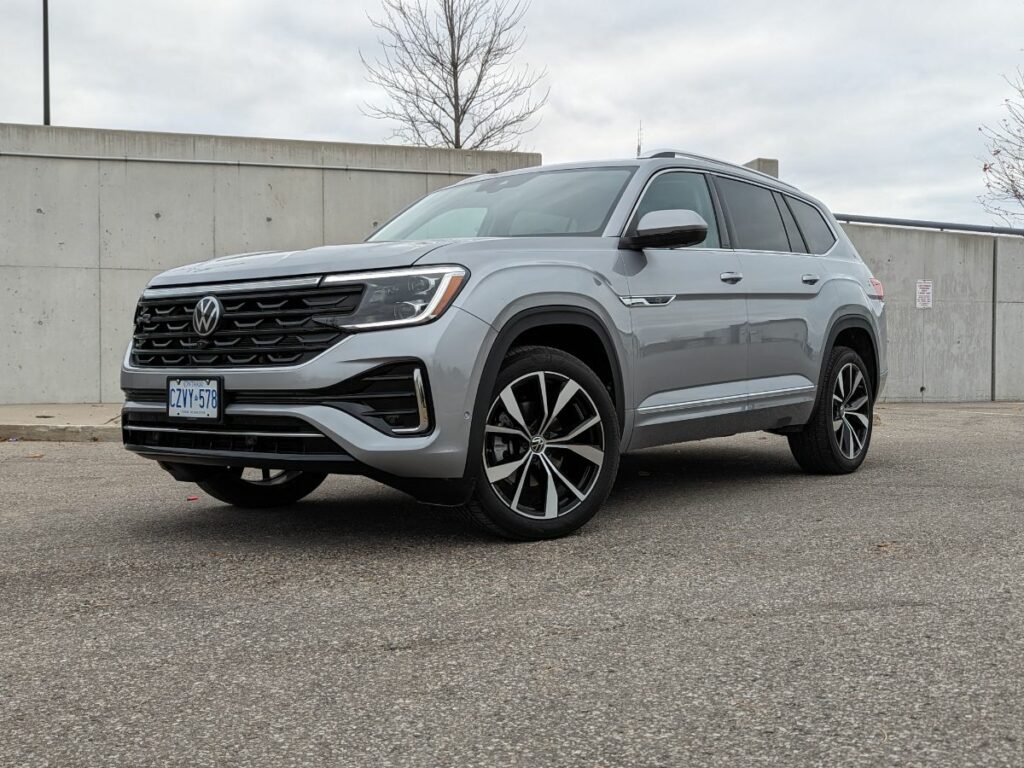Words by: Adam Allen
The VW Atlas is the elephant in the proverbial room, and not because it’s some taboo subject or blush-inducing topic of conversation. It’s because it is unapologetically huge, so big that it seems like you could easily fit one of its large-sized competitors in the rear cargo hold if the seats were folded down. OK, so that’s a stretch, but your humble author owned a 2018 example for five years and never ceased to be amazed at how much of our family’s stuff it could swallow. The Atlas does many things well, but to us, its leviathan-esque dimensions are perhaps its greatest asset.
We grappled with a mild state of shock when we clambered aboard our 2024 tester but in the best possible way. It takes but a cursory glance over one’s surroundings to realize that the Atlas has been spiffed up quite a bit over the years, especially on the inside. It looks very little like the old 2018 family huckster that faithfully shepherded our crew over hill and dale, usually with a ton of assorted detritus resting comfortably in the rear cargo hold.
Let’s talk about what changes are on the menu with the latest factory refresh, hot on the heels of the last one which occurred just two years prior in 2021. The exterior benefits from new lighting schemes both front and rear that lend it an upscale look, especially when everything is ablaze at night. The ancient 3.6 litre V6 was binned in favor of a 2.0 turbocharged inline four which is now the sole powertrain option. Maybe you’re thinking that losing 1.6 litres of displacement and two cylinders would turn the Atlas into a conveyance as speedy as an arthritic snail, but you’d be wrong. The Atlas does not lack for adequate suds from a dead stop or when summoned for passing. After spending a week with it, we prefer it over the wheezy naturally aspirated six and it even gets (marginally) better fuel economy. An added bonus- despite the smaller mill, the Atlas is still rated to tow 2,268 kilograms (5,000 pounds.)
The most notable change happens inside, hence our slack jawed reaction to the newfound digs on our tester. The quality of the materials on display is a massive improvement over the outgoing Atlas and features niceties like quilted leather seats that are both heated and cooled as well as flourishes of brushed metal and imitation carbon fibre sprinkled here and there. These lend an opulence to the proceedings that had been absent previously. There are two large digital screens that are sharply rendered and easy to scan at-a-glance, and they’re only hobbled by the latest VW infotainment system- more on that later.
The way the Atlas drives feels no different despite the spiffier duds and the downsized engine. That’s not such a bad thing since the Atlas has always felt composed and adept at traversing highways and whatever urban commuting route you frequent. It’s comfortable and relaxed and won’t do much to distract its occupants from their phone screens on trips short and long. If you never push your Atlas past a pace of 4/10ths you will never find reason to take issue with its dynamics. If you decide to get frisky and push past that threshold, the Atlas will communicate to you that it is flummoxed by brisk acceleration, braking and handling. When indulging in such an endeavor, one of us remarked that ‘if the Atlas was a dancer, it would have two left feet.’ We think that sums things up nicely, so if you like to sashay around some twisty bits while the kids are at hockey practice, look for something that will feel more rewarding to you. We suspect that this will not appear on the radar of the vast majority of Atlas shoppers, nor should it- if you want a canyon carver, buy a GTI.
The biggest flaw you’ll encounter when flogging the Atlas is not its lack of dynamic acumen, but rather its infotainment system and the touch controls used to manipulate it. We have lambasted thus system previously- who thought it was a good idea to have a volume slider that is not only difficult to use AND that doesn’t light up at night?- and we felt a strong case of déjà vu when trying to change the audio source or adjust the temperature. Volkswagen is aware that many folks aren’t loving this new direction they’re taking with their technology which is maybe why it felt a bit less madding to use this time around- it just seemed to work better. You’ll still get irritated from time to time thanks to a convoluted menu structure or waiting for a command to be executed (you can thank us later from saving you the hassle of trying to use its voice activated controls if you were thinking that might be a workaround.) But, we think that those who commit to the Atlas for longer than a short drive as we did will eventually get used to the system and its quirks.
All in all, the Atlas gets a lot of stuff right, especially its cavernous size. It stands to reason that if you abhor a minivan and are eyeing a full sized three row SUV to serve as a family bus, you might as well go big or go home, and by that metric the Atlas is tops in class. It’s comfortable, looks handsome enough and has all the latest doodads and gizmos that are de rigueur these days. No one will shed a tear for the euthanized V6 and you can still tow your fishing boat to the campsite too- or, you know, an elephant if that’s your thing.
2024 Volkswagen Atlas Execline – Specifications
- Price as tested: $60,695
- Body Type: 5-door, 7 passenger SUV
- Powertrain Layout: Front engine/all-wheel drive
- Engine: 2.0-litre turbo inline four, DOHC, 16 valves
- Horsepower: 269 @ 5,500 rpm
- Torque (lbs.-ft.): 273 @ 1,600 rpm
- Transmission: 8-speed automatic
- Curb weight: 2,100 kg (4,630 lbs.)
- Observed Fuel consumption: 13.3L/100 km (18 mpg)
